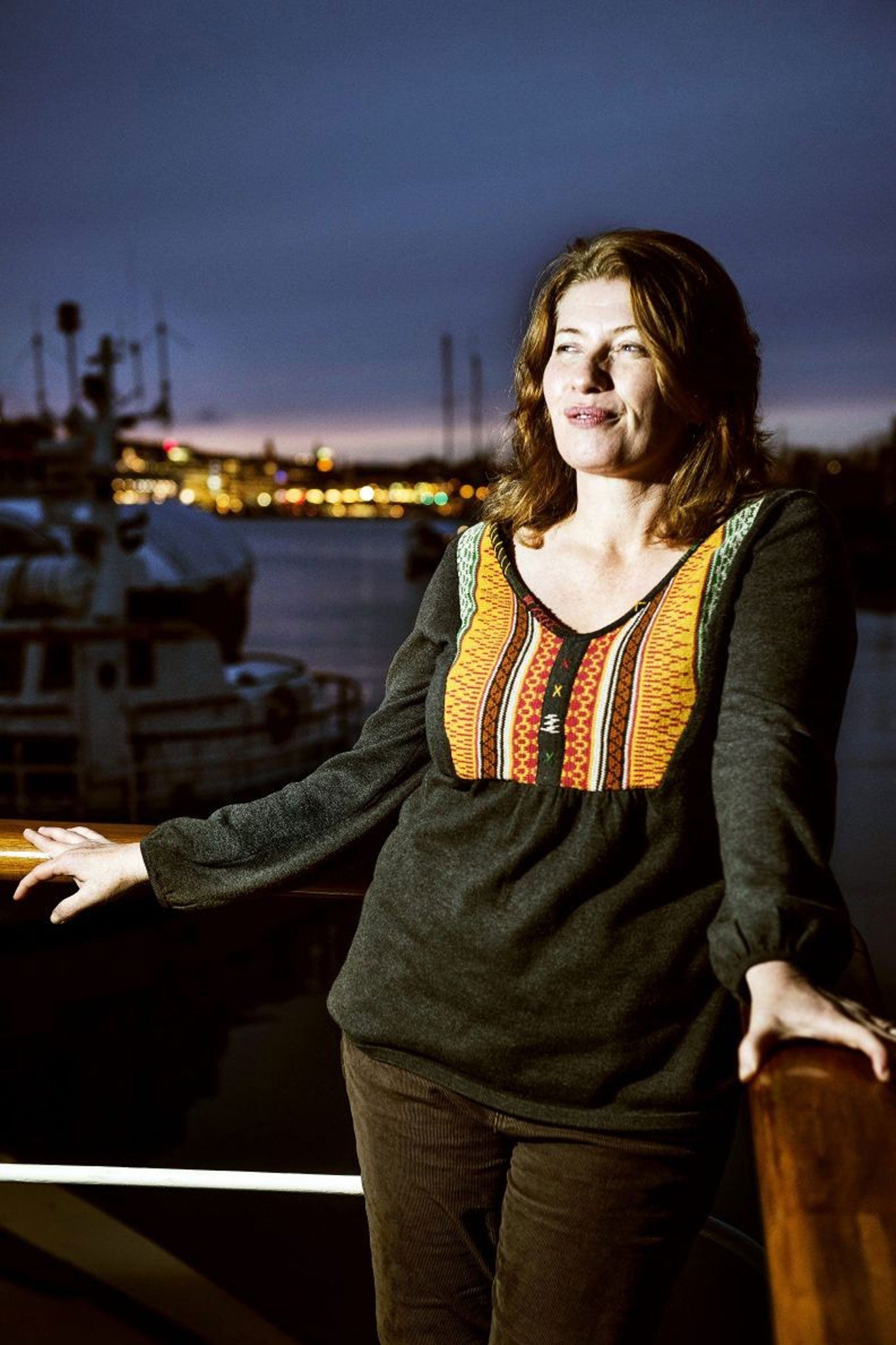The Facts of Life and Death by Belinda Bauer, book review: Gruesome rehash of traditionally misogynist thriller writing

The strapline on the cover reads: "Every killer has to start somewhere," but it's hard to know where to begin a review of this unsettling book. From Blacklands to Rubbernecker, Belinda Bauer is a much garlanded crime writer, winning the "CWA Dagger in the Library" last year for her entire body of work. But her fifth novel is pitiless, bleak and ultimately disappointing.
It begins in timely fashion, set amidst a North Devon seaside community under threat of flood. Before the waters advance the people of Limeburn face a more immediate danger from one of their own. A serial killer is on the loose, targeting young, vulnerable women who have missed the last bus home. There is no sexual assault, but the victims are told to strip naked and telephone their mothers in order to say a final goodbye before being smothered to death, their faces held down in sand, mud and shattered sea shell.
This gruesome tale of violence and unfiltered misogyny is mostly seen through the eyes of a 10-year-old girl, Ruby Trick. Her mother works in a local hotel and is in a fast deteriorating relationship with a man who becomes part of a local vigilante group that sets out to hunt down the killer.
Since John Trick is a 29-year-old unemployed drifter with a short temper, scars on his face and plenty of time on his hands, the novel's tension consists of the reader trying to decide if he is the killer and how much jeopardy his wife and daughter will suffer.
The Trick family live in a rented cottage that lies between the impending sea and an encroaching forest. The Retreat is appropriately named since it is falling apart and the unstable, precipitous atmosphere of a small village under the twin threat of murder and environmental disaster is efficiently drawn. Much of the action takes place at night and in the rain. The tension is enhanced by the fact that Ruby is not one of those creepily prophetic children who see through adult behaviour but a "normal" girl who is frightened by impending adolescence, her parents increasingly hostile arguments and her future in the world. The naivety with which she quotes adult conversation and becomes an unwitting accomplice to murder is deftly revealed and, after a slow start, the novel ratchets up the necessary tension to build towards a tense, dark, and flood-filled conclusion.
Unfortunately the characterisation is thin, the dialogue banal and even though the stakes are high, the reader's interest in the outcome is all too low. This feels like a book that the writer has planned but not inhabited; written, perhaps to a deadline that prevented proper texture, detail and depth. The plot proceeds at a tense enough pace but we are never given any clear idea of the killer's motivation. Why does he force women to strip but not assault them? Why does he force them to call their mothers before they are dispatched? We finally learn that the perpetrator's mother had her fair share of boyfriends, but this explanation only goes so far.
The result is that we are left with a series of killings without context, explanation, or hope of redemption. There is an attempt at light relief in a sub-plot where a young police officer is unable to continue in a relationship with his girlfriend (preferring to watch England v San Marino on the telly) but the one comedy moment, when he finds a dead mouse down the back of a sofa, is fatally compromised by the fact that the pet is called Tampon.
The novel also provokes further anxieties, not least through Ruby's repetition of her father's sexist rants. While this may be deliberately uncomfortable documentary quotation, one might expect a sharper and more sophisticated reading of the abuse of women in the 21st century. The serial killer genre surely needs re-working and (despite a twist that cannot be revealed but which is easily guessed) I am not sure that this is much more than an unmediated and exploitative re-hash of traditionally misogynist thriller writing.
The Facts of Life and Death? If only it was as important as that.
James Runcie is Head of Literature at the Southbank Centre. The latest novel in his detective series, 'Sidney Chambers and the Perils of the Night', is published by Bloomsbury
Join our commenting forum
Join thought-provoking conversations, follow other Independent readers and see their replies
Comments
Bookmark popover
Removed from bookmarks